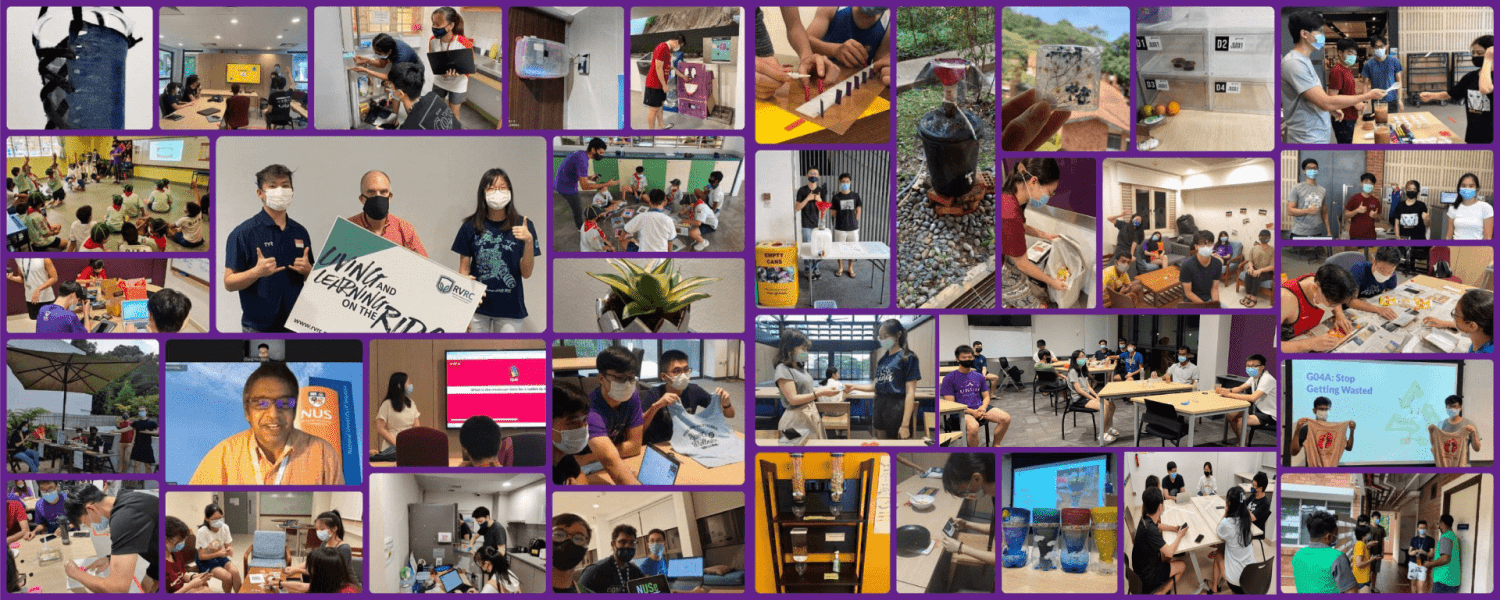Foo Rui Hao James (FoE), Goh Zoey (FoS), Kuan Jie Hui Eugene (FASS), Lin Chenxi (FoE), Pang Jia Hao (FoS)
Academic Advisor: Ms. Wong Kah Wei
Straws are given out with virtually every drink you purchase. Plastic straws are among the top 10 marine debris. More than 6 million straws were removed from coastal cleanups (Montgomery, 2014). Straws are made of petroleum plastics. The plastic straw production process contributes to global warming as well as fossil fuel depletion. Straws which are disposed end up in landfills and dumps which have a great impact on the environment. Straws that end up in the oceans pose a great threat to marine life who consume them by accident (Scher, 2016). This staggering amount of straws polluting the environment prompted us to find out the feasibility of reducing straw usage in RVRC dining outlets. To better understand our high straw usage, we plan to investigate the reasons students choose to use straws. This will help us decide on the best approach to tackling this problem. We intend to draft a survey to gauge the awareness among the RVRC students of straw usage. Based on the results, we would craft our strategies to most effectively discourage the usage of straws, starting with retailers where RVRC food vouchers can be used. Our group has narrowed down to target Royal Bistro as our industry partner due to their willingness to work with us on this project to become a more sustainable dining outlet.
Keywords: Waste Management, Culture and Lifestyle Trends, Responsible Consumption
